 White-tailed Ptarmigans have been on my bucket list for a few years now. My interest has been often piqued when naturalist and photographer friends would post – or tell me – about sightings of these denizens of our alpine meadows. Last year, on the day before Highway 40 in Kananaskis Country closed for the winter, I joined my good friends Kathryn and Claudia on a trip to the Highwood Meadows parking lot in an attempt to get a glimpse of these elusive snow birds. We didn’t realize that the snow would be waist deep (oops) so we had to stick to the well-packed snowshoe trails in the area. We saw plenty of tracks and sign, but did not get even one glimpse of a bird. This year, we thought we’d start our quest a bit earlier, so Claudia and I decided to check the area on Friday November 25. We strapped on snowshoes and set out in the snow and howling winds across the flats, keeping our eyes peeled for any ptarmigan sign. The wind and snow obliterated any tracks that might have been left that day, and the few other brave birders out scouring the landscape mentioned that the birds had been seen the day before, but had been flushed several times by some over-zealous photographers. We finally gave up when darkness settled over the mountains. The next day, joined by Kathryn and getting an earlier start, we tried again. Thankfully, the wind was not as gusty and the sun even tried to shine a few times. We set off on the same paths we’d followed the day before, then soon decided to fan out and continue down the valley on both sides of the creek. What a thrill it was to finally see our first bird of the day, tucked in for a nap in the qaminiq (bowl) of a small spruce tree. Using our long lenses, we snapped a few pictures and then left it to snooze. Claudia, with her keen sense of hearing, then announced that she heard more birds on the other side of the creek, just below some big boulders. Kathryn and I hurried over to join her, and for the next hour, we were treated to an intimate glimpse into the lives of these amazing birds. We kept a respectful distance at all times, moving slowly and then sitting quietly in the snow. The birds soon determined that we posed little threat, as they actually flew to the bushes beside us and started feeding. How remarkable it was to watch their behaviour! I had no idea that they would crash land in the snow and then either sit and peek out at the world around them, or disappear altogether under the snowpack. At one point, we were photographing four birds that were feeding right in front of us. Within seconds, all four of them completely disappeared. A few minutes later, one reappeared up the slope. As we photographed and watched them, we enjoyed listening to their chatter, and were delighted to watch them go about their daily tasks—stretching, dozing, nibbling at the buds of small bushes, sunbathing, flying on occasion from spot to spot, relaxing and wading through the fluffy snow with their huge, feather-covered snowshoe-feet. After about an hour, we decided that it was best to leave. We thanked the birds for sharing a part of their day with us and bid them adieu before setting back to the parking lot. Fittingly, a howling wind came up and escorted us back to our vehicles. We headed for home feeling very, very blessed. 24/11/2016 Hoar frost day. I love spending time on the prairies! Shelley and I made a quick trip last week to Leader, SK to visit sis and her family and to do a talk for the Leader Library. It is always a thrill to see pronghorn, which we start scanning the horizon for once we get close to Hanna. No super shots this trip (like my header pic!) but the weather was amenable and the roads were good (well, except for an errant cotter pin that was waiting for us on a newly graded road, just so it could embed itself in my brand-new tire. Who knew that new Dodge Caravans don’t even come equipped with a spare tire(!) But that is another story…) The highlights of the trip included a beautiful walk with our friend Cathy on her amazing ranch property. She tried her hand a rattling for deer and was successful at bringing in a young buck. There wasn’t much other wildlife stirring around, but it was wonderful to be out strolling among the cottonwoods. We happened upon some interesting orange fungi on a downed water birch that my good friend Dr. Charley Bird identified as Smelly Oyster fungus (Phyllotopsis nidulans). We didn’t think to take whiff, but Cathy promises to sniff it next time she walks past the tree. We were heartened to see lots of Sharp-tailed Grouse, with one bunch sitting atop a lone old poplar tree looking ever so much like Christmas lights! The highlight of the trip was to encounter a warren of Mountain Cottontails near the Estuary Ferry. Alberta’s only true rabbit species (Snowshoe Hares and Jack Rabbits are both hares), these diminutive bunnies are unique because of their small size and the fact that they do not turn white in the winter. Apparently conditions have been favourable for them this season, because there were cottontails everywhere. We also saw a few rough-legged hawks, a couple of coyotes, a nice rugged young mule buck and a few pheasants on our hurried trip out and back. The dearth of sightings was not surprising given how late it is in the season. I look forward to returning to the prairies in the spring, when the song of the meadowlark fills the air and the rattlers begin to stir. If you would like to explore the prairies, I highly recommend a stay at Mammy’s Place, located right near the Estuary Ferry (http://www.mammysplace.ca). A delightful place to stay while you explore the many natural wonders of the area. 19/11/2016 November 19th, 2016Myrna delivered a Backyard Bird Feeding talk in Leader, SK on Monday November 14th and had her first sale of Beauty Everywhere books. The book was enthusiastically received. She is shown here with her partner, Shelley, and sister, Sheridale.
The large shipment of books arrived yesterday, November 18th!  Greetings. I am finally going to write occasional essays for social media. This, my first one, is about polar bears. Last week, I finally realized one of my bucket list dreams to be able to see polar bears up close. I joined a group of other enthusiasts for a one-day bear-watching excursion to Churchill, Manitoba. We departed Calgary at 6:30 AM and arrived back at 8:30 PM. A long but amazing day that took us to the coast of Hudson Bay and into tundra buggies where we spent about seven hours searching for bears and other arctic wildlife. The only downer about this trip, which I had booked back in July, was that I slipped and fell last week, smashing my good long lens on a tree root. McBain Camera in Red Deer (where I buy all my equipment) generously offered to loan me a 150-600 Sigma lens, but after trying it out at home one evening, I realized that it was too heavy for me to hand hold. So, I was forced to settle with my Nikon 80-400. Even with the reach of my new Nikon d500, it was not the ideal lens for this setting. Although it was a thrill to be immersed in this stark and striking northern landscape for a day, it was sobering to see, first hand, the ravages of global climate change on this ecosystem: Hudson Bay hasn’t even started to freeze over yet due to warm conditions, and our guide had never see such slushy ground conditions. This is the time of year that polar bears, which haven’t eaten for several months, congregate and wait for the ice to form on the bay so they can head north and start feeding again on their main prey – the ringed seal. The bears are usually well out on the sea ice by now, and the longer the water takes to freeze, the hungrier they get. Climate change is having an impact on the breeding success of the seals as well—warm conditions affect the stability of their nursery lairs in the snow drifts that form above their breathing holes. If an insufficient snowpack forms over the hole, or if rains cause the drift to melt, the young are exposed to excessive bear predation and/or exposure. One of our first sightings was of a beautiful gyrfalcon. What a magnificent creature to admire while it sat and smiled for us. What a thrill – this was my first good look at these northern falcons. Over the next few hours we were treated to sightings of 13 different bears, from a big old male eating a young cub that he’d recently killed to others just resting or wandering across the tundra. Of special interest to me was to be able to watch a bear grab some kelp (she was sleeping in an area that sometimes gets inundated with seawater during surge tides), lick at it, then fall asleep with the kelp on her paw. Our guide explained that they nibble at the kelp to get their digestive system up and running again, in preparation for their upcoming diet of seal meat. We also saw several small coveys of willow ptarmigan and a silver fox, but they were never close enough to our tundra buggy for me to get any pictures. Next time! The company I travelled with was Canadian Classic Tours ( http://www.classiccanadiantours.com/). I highly recommend them if you’d also like to experience these amazing animals in a unique and disappearing landscape. Click on images below to enlarge and view full frame. 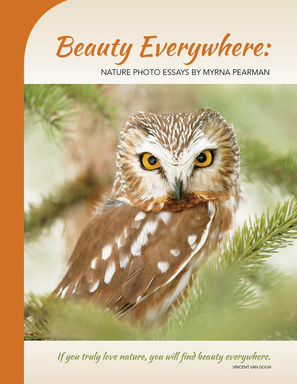 Myrna's exciting new book will be launched at Kerry Wood Nature Centre, Dec 4th, 2-4 PM. She will give a presentation at 3PM. Everyone welcome! Beauty Everywhere book will arrive at these stores in mid-November 2016: Wild Bird Store, Calgary AB Wildbird General Store, Edmonton Kerry Wood Nature Centre, Red Deer Pre-sale offer: $19.95 until November 30th. Please note: Pre-sale ordered books will be shipped between November 23-30th. Click here to purchase |
AuthorMyrna Pearman Archives
August 2022
|
All photos and published works on this website are copyright Myrna Pearman unless otherwise noted.
Re-posting these images or publishing is not permitted without Myrna's written consent.
Copyright Myrna Pearman Publishing 2024- Site design and maintenance by Carolyn Sandstrom
Re-posting these images or publishing is not permitted without Myrna's written consent.
Copyright Myrna Pearman Publishing 2024- Site design and maintenance by Carolyn Sandstrom

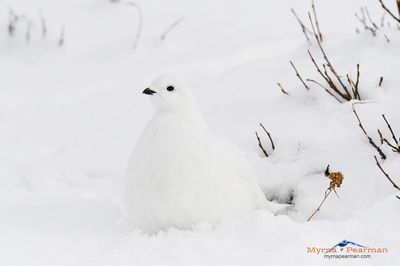
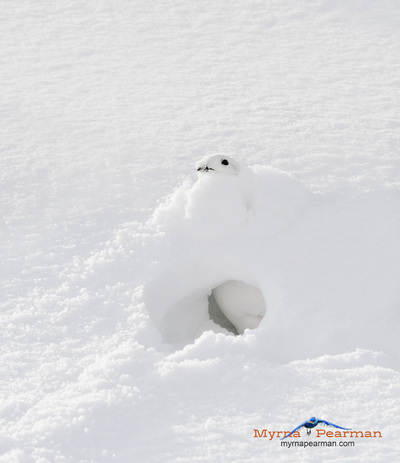






















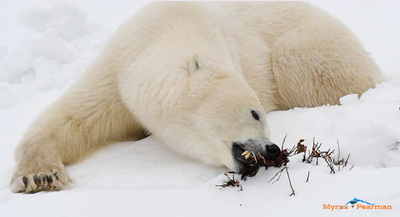




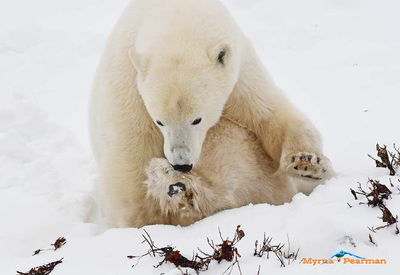

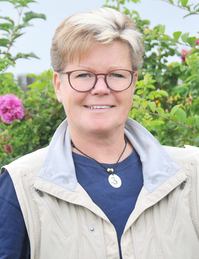
 RSS Feed
RSS Feed



28/11/2016
0 Comments